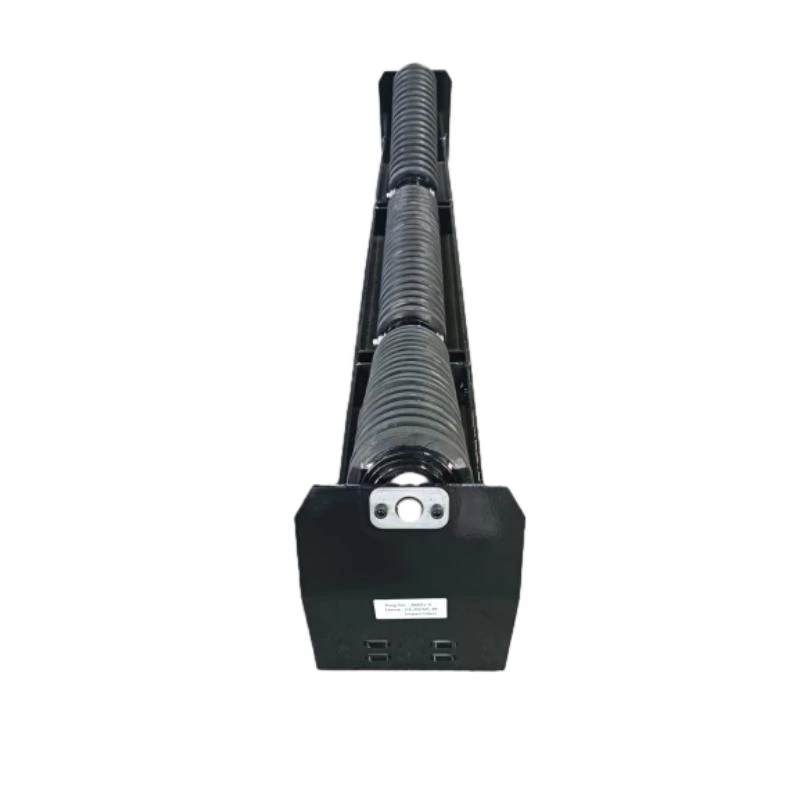 Afrikaans
Afrikaans  Albanian
Albanian  Amharic
Amharic  Arabic
Arabic  Armenian
Armenian  Azerbaijani
Azerbaijani  Basque
Basque  Belarusian
Belarusian  Bengali
Bengali  Bosnian
Bosnian  Bulgarian
Bulgarian  Catalan
Catalan  Cebuano
Cebuano  Corsican
Corsican  Croatian
Croatian  Czech
Czech  Danish
Danish  Dutch
Dutch  English
English  Esperanto
Esperanto  Estonian
Estonian  Finnish
Finnish  French
French  Frisian
Frisian  Galician
Galician  Georgian
Georgian  German
German  Greek
Greek  Gujarati
Gujarati  Haitian Creole
Haitian Creole  hausa
hausa  hawaiian
hawaiian  Hebrew
Hebrew  Hindi
Hindi  Miao
Miao  Hungarian
Hungarian  Icelandic
Icelandic  igbo
igbo  Indonesian
Indonesian  irish
irish  Italian
Italian  Japanese
Japanese  Javanese
Javanese  Kannada
Kannada  kazakh
kazakh  Khmer
Khmer  Rwandese
Rwandese  Korean
Korean  Kurdish
Kurdish  Kyrgyz
Kyrgyz  Lao
Lao  Latin
Latin  Latvian
Latvian  Lithuanian
Lithuanian  Luxembourgish
Luxembourgish  Macedonian
Macedonian  Malgashi
Malgashi  Malay
Malay  Malayalam
Malayalam  Maltese
Maltese  Maori
Maori  Marathi
Marathi  Mongolian
Mongolian  Myanmar
Myanmar  Nepali
Nepali  Norwegian
Norwegian  Norwegian
Norwegian  Occitan
Occitan  Pashto
Pashto  Persian
Persian  Polish
Polish  Portuguese
Portuguese  Punjabi
Punjabi  Romanian
Romanian  Russian
Russian  Samoan
Samoan  Scottish Gaelic
Scottish Gaelic  Serbian
Serbian  Sesotho
Sesotho  Shona
Shona  Sindhi
Sindhi  Sinhala
Sinhala  Slovak
Slovak  Slovenian
Slovenian  Somali
Somali  Spanish
Spanish  Sundanese
Sundanese  Swahili
Swahili  Swedish
Swedish  Tagalog
Tagalog  Tajik
Tajik  Tamil
Tamil  Tatar
Tatar  Telugu
Telugu  Thai
Thai  Turkish
Turkish  Turkmen
Turkmen  Ukrainian
Ukrainian  Urdu
Urdu  Uighur
Uighur  Uzbek
Uzbek  Vietnamese
Vietnamese  Welsh
Welsh  Bantu
Bantu  Yiddish
Yiddish  Yoruba
Yoruba  Zulu
Zulu types of conveyor pulley
Types of Conveyor Pulleys
Conveyor pulleys play a crucial role in the functionality of conveyor systems, ensuring the efficient movement of materials in various industries. These mechanical devices are used to support the conveyor belt, facilitate its motion, and manage the load it carries. The choice of pulleys can significantly impact the overall performance and reliability of a conveyor system. Here, we will explore the various types of conveyor pulleys and their applications.
1. Drive Pulleys
Drive pulleys, also known as head or drive drums, are located at the discharge end of the conveyor. They are essential for propelling the conveyor belt, providing the necessary traction to move materials from one point to another. Typically larger in diameter, drive pulleys are often equipped with grooves to enhance belt grip. The choice of drive pulley is crucial for the conveyor's functionality, and they come in different configurations, including lagged and non-lagged options. Lagging, which is often made from rubber or ceramic, can prevent slippage and increase the lifespan of the pulley.
2. Idler Pulleys
Idler pulleys are stationed at various points along the conveyor system, primarily to support the belt and maintain its tension. Unlike drive pulleys, idlers do not have any driving mechanism and function solely to assist with the stability and alignment of the conveyor belt. There are several types of idler pulleys, including
- Troughing Idlers These form a “V” shape that helps in centralizing the load on the belt, reducing spillage and improving material handling efficiencies. - Return Idlers Placed on the upper horizontal run of the conveyor to support the empty belt returning to the drive pulley. - Impact Idlers Designed with rubberized surfaces to absorb shock and prevent damage from heavy loads dropping onto the conveyor belt.
3. Tail Pulleys
types of conveyor pulley

Tail pulleys are located at the receiving end of the conveyor system. They play a key role in transitioning the belt from the conveyor's discharge point back to the drive or idler section. The design of tail pulleys is important to reduce wear and tear on the conveyor belt and ensure smooth operation. These pulleys may also be equipped with features that help in maintaining belt tension and alignment.
4. Snub Pulleys
Snub pulleys are often used to redirect the belt and enhance its tension. They are strategically positioned to push the belt against the drive pulley, increasing friction and improving the grip for effective material transport. While typically smaller than drive pulleys, snub pulleys are vital for achieving optimal performance in conveyor systems.
5. Take-Up Pulleys
Strategically placed in the conveyor system, take-up pulleys are integral for adjusting the tension of the conveyor belt. They provide the necessary ability to accommodate belt stretch and wear over time, which can enhance the longevity of the system.
Conclusion
Understanding the different types of conveyor pulleys and their functions is essential for anyone involved in the design, operation, or maintenance of conveyor systems. Selecting the appropriate pulleys based on the specific application can lead to improved efficiency, reduced maintenance costs, and extended service life for the entire conveyor system. As industries evolve and the demands for material handling increase, so does the importance of optimizing conveyor pulley systems for peak performance.
-
Revolutionizing Conveyor Reliability with Advanced Rubber Lagging PulleysNewsJul.22,2025
-
Powering Precision and Durability with Expert Manufacturers of Conveyor ComponentsNewsJul.22,2025
-
Optimizing Conveyor Systems with Advanced Conveyor AccessoriesNewsJul.22,2025
-
Maximize Conveyor Efficiency with Quality Conveyor Idler PulleysNewsJul.22,2025
-
Future-Proof Your Conveyor System with High-Performance Polyurethane RollerNewsJul.22,2025
-
Driving Efficiency Forward with Quality Idlers and RollersNewsJul.22,2025





























